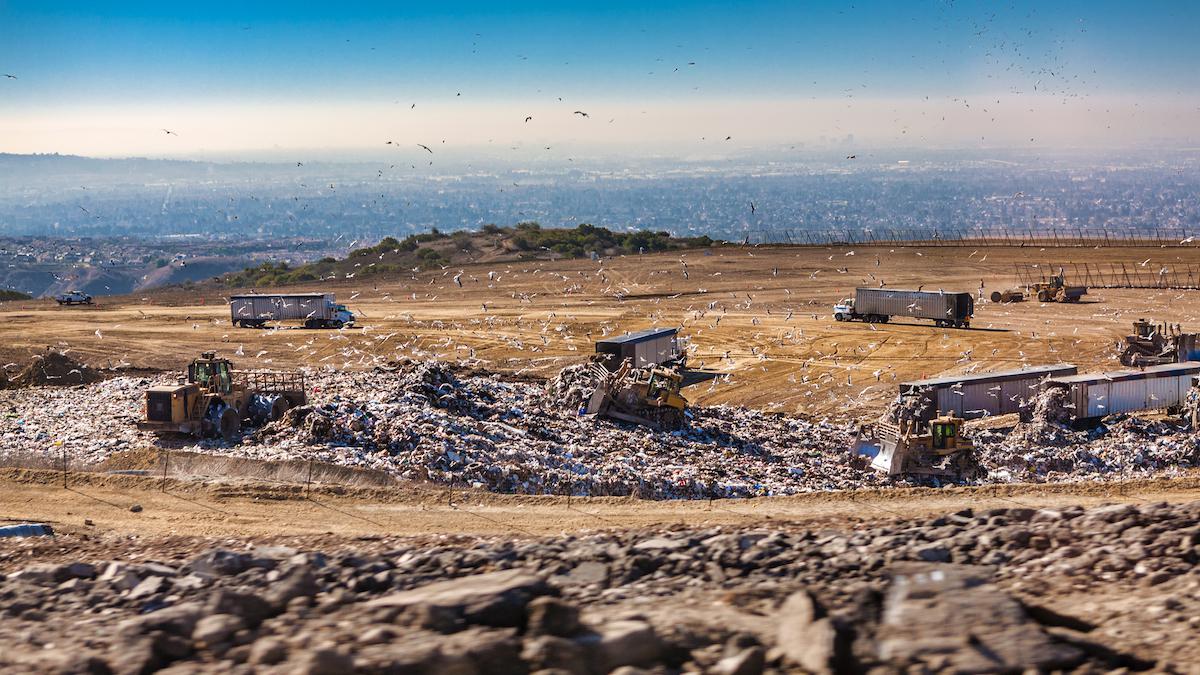
Where Does PFAS Pollution Come From? New Study Identifies Nearly 42,000 Potential Sources

Is your drinking water contaminated with toxic forever chemicals?
A new study published in a special issue of the American Water Works Association Water Science journal Tuesday found that there were nearly 42,000 potential sources of per- and polyfluoroalkyl substances (PFAS) pollution that could contaminate surface water or drinking water in the U.S.
“It is critical that the EPA start regulating PFAS – now,” lead study author and Environmental Working Group (EWG) senior scientist David Andrews, Ph.D. said in a press release announcing the research. “Every community in the U.S. is likely affected by PFAS contamination, but those living near or downstream from industrial facilities may be more at risk.”
PFAS are a class of chemicals often used in stain or water repellents, non-stick products and firefighting foam, according to the U.S. Environmental Protection Agency (EPA). They are known as forever chemicals because they do not break down over time and tend to persist and accumulate in the environment and the human body. They are also constantly turning up in more and more locations, from rain, to cosmetics to the air we breathe.
The new study, which was conducted by EWG scientists, looked at potential sources of PFAS contamination based on public data from the EPA’s Enforcement and Compliance History Online database. It found that the most common potential pollution sources were solid waste landfills, wastewater treatment plants, oil refineries and electroplaters and metal finishers.
The new research also looked at case studies from Michigan and California, in which testing revealed a wide range of PFAS sources.
“The results from states like Michigan show there is a wide variety of sources of PFAS in surface water,” Andrews said in the EWG release. “Many landfills and industrial sites release PFAS at detectable concentrations that may exceed state limits or health guidelines for PFAS in water.”
There is currently no national limit for PFAS contamination in water, according to the study authors, though the EPA says it is currently working on setting one. In the meantime, six states have set their own limits. However, research is continually showing health impacts from PFAS at lower and lower levels.
“For example, state guidelines for exposure to PFOA have decreased approximately three orders of magnitude from 7000 ng/L [nanograms per liter], set by Minnesota in 2002, to 8 ng/L, set by Michigan in 2020,” the study authors wrote.
Still, the latest research puts the safe concentration even lower, at 1 ng/L. Drinking PFAS-contaminated water at even low levels has been linked with health risks including immune suppression, cancer and reproductive or developmental problems, according to the EWG release.
In response to the study results, EWG called for greater industry and government action on PFAS.
“We need to turn off the tap of PFAS pollution from these industrial discharges, which affects more and more Americans every day. That’s the first step,” Scott Faber, EWG’s senior vice president for government affairs, said in the press release. “The second step is for the EPA to set a national PFAS drinking water standard. And the third is to clean up legacy pollution.”
The study authors thought that it would be possible to reduce PFAS in the U.S. water supply by rigorously testing drinking and surface water, as well as the emissions from potential sources of PFAS pollution.

 233k
233k  41k
41k  Subscribe
Subscribe 